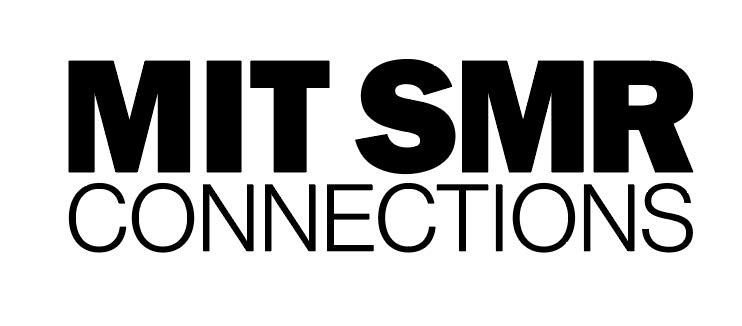Lately, you can’t talk about work without talking about hybrid work. As the world attempts to get back to “regular” business, brands and industry watchers hypothesize what work will look like going forward. There’s obviously ample room to debate whether the future of work will be remote, hybrid, or a plain and simple back to the office. Yet, any business leader who has been paying attention will find it hard to disagree with me that no matter where you will be working, our workflows have become more digital than ever before, and this will not change. And, of course, one size does not fit all when it comes to how people work. The type of work, family circumstances of the employees, the office location, and the office layout itself influence how companies think about employees and work. Some might even form their opinions in the name of company culture!
As planning begins, I urge organizations not to focus on where and when work is done, but rather on how work is done. Whether you are working from home, from a different office, or just three desks down the corridor, workflows incorporate chats, video calls, shared documents stored in the cloud, digital whiteboards, and so much more. This underlines a reality that most knowledge workers live every day—workflows are very diverse. Let’s acknowledge that how we work has changed forever. Don’t let positive changes fall by the wayside by taking the return to the office as a return to the old normal. Nobody liked the old normal, and it is time to admit that!
Collaboration and Digital Workflows
When you think about the expansion of digital workflows, you also think about collaboration in a broader sense. Collaboration is not just about people coming together for a video meeting or working together in real time on a task. It is also about accessing and sharing data when and how you need it. With processes taking place entirely online, we are creating more data that, theoretically, can be all shared and accessed in a timely and seamless manner. This allows us to automate some more mundane tasks, so we can better focus on what is more rewarding and creates the most impact.
Impact and engagement might not have mattered to my fellow gen Xers and me, but it certainly drives both millennials and Gen Zers. Few things grow engagement at work more than understanding the company goals and direction, having the right tools for the job, and feeling empowered to do your best work, and by doing so, having an impact on the business outcomes. One of the big offal-outs from the pandemic is “the great resignation.” People are reevaluating their priorities, reassessing careers, and asking for a different way of working. Any business leader dismissing this threat and refusing to empower flexibility will struggle to hire and retain talent. Leaders must foster dialogue with the employees, so they feel heard. Engagement is a two-way street.
Many see trying to drive engagement among the younger generations as a lost cause. However, in reality, engagement at work has never been that great. Gallup’s State of the Global Workplace: 2021 Report shows that globally, employee engagement decreased by 2 points, from 22% in 2019 to 20% in 2020, following a steady rise over the last decade from a low of 12% in 2009. The difference in career drivers, values, and workflows between generations can create a divide between employees of different generations. Chief People Officers can bridge generations by leaning into the skills each offers, from business and company knowledge to digital-native approaches to work. Reskilling and upskilling are vital to the future of work. Talent managers should recognize the ability to learn and adapt to the needs of the business as core skills.
Evaluating Engagement in Today’s World
But how do we evaluate day-to-day engagement? Cisco’s most recent Hybrid Work Index reported that of 650 million monthly Webex meeting participants, 47% of participants are not speaking. Does that mean those employees are not engaged? The reality is there are so many ways to demonstrate engagement, and not all of it is verbal. For example, I might not verbally contribute to a meeting, but am heavily involved in the text-based chat. Physical presence and verbal contributions are no longer the primary hallmarks of engagement. Organizations need to understand the evolving facets that form engagement, across physical and virtual contributions. The solution here is not simple, but is revolutionary. It requires new thinking from a company-culture perspective. For example, employees who might seem to be “silent” in some environments might actually be some of your best contributors and highly engaged in other digital channels. We also need a new IT focus on finding tools that work across platforms, not just to capture engagement, but more importantly, facilitate and encourage it.
The pandemic has had people reevaluate their careers, their balance between work and family, and their priorities to work to live rather than live to work. Study after study report knowledge workers’ desire to have a more flexible work environment than they did before the pandemic. In April, the U.S. Bureau of Labor reported 4 million people quit their jobs. If we do not want to see this number grow, we have to understand providing flexibility is no longer a nice-to-have. It is a must-have!
The Role of IT and How Customer-Like Treatment Benefits Employees
There is no question that during the pandemic, the role of IT within many organizations shifted from enforcer to enabler. A change that was good for IT; finally brought into the conversation to empower talent, and of course, it was good for employees who were finally listened to and treated like customers. Employee engagement and satisfaction are not just about the war on talent or the skill shortage. Employee experience (EX) is the new customer experience (CX). Why? Because if a business has engaged, happy, fulfilled and driven employees, the company will thrive, and customer experience will come naturally as a result. Don’t make the same mistakes as the BYOD missteps of the past.
Unfortunately, organizations spent more money fighting BYOD and, to some extent, the move to mobile than they did embracing it. This ended up costing a great deal in missed business opportunities, increased friction between employees and IT, and led to poor customer satisfaction. Lean in on the change rather than resist it. If we continue to focus on hybrid work as where we work rather than how we work, we distill flexibility to home versus the office. And while this is an integral part of the conversation, it should not be where rethinking the future of work ends. As soon as we think about how we work, we see flexibility means the ability to work in a way that fits our needs, through devices, apps, and services that are easy to use, provide engaging experiences, and ultimately make work easier.





